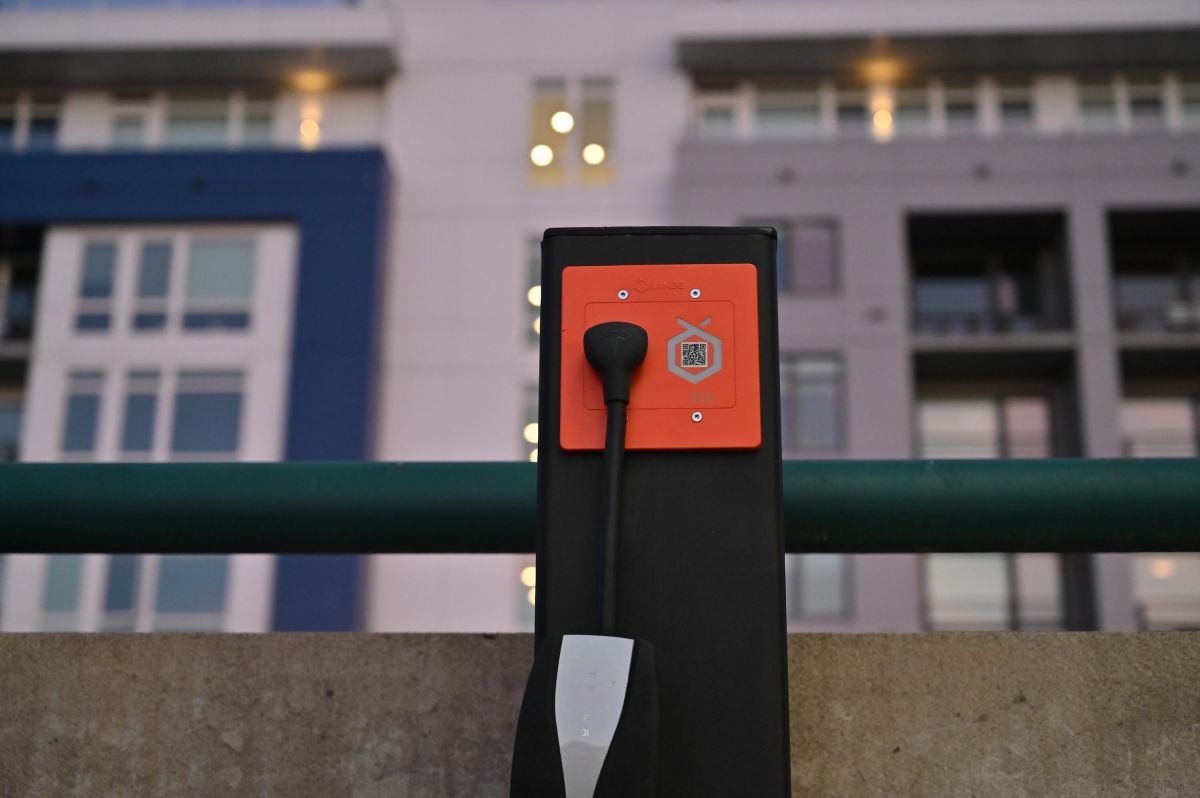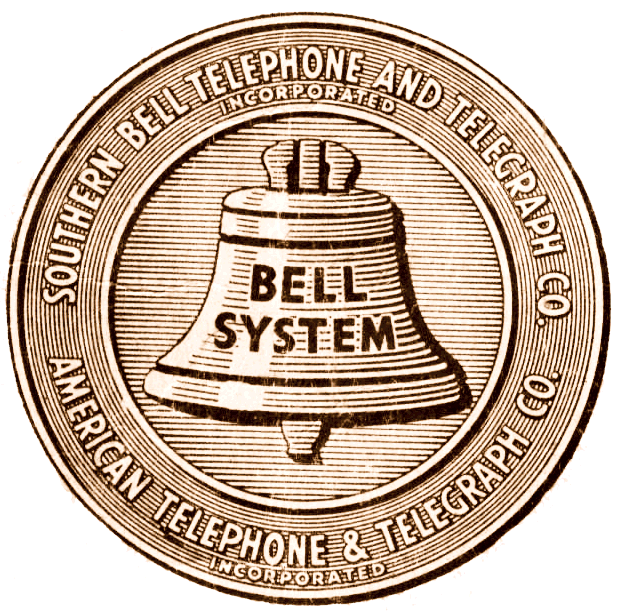Orange Charger bills landlords based on energy usage instead of the number of outlets installed. So far, the company has installed about 2,000 units nationwide.
“You have no downside to install 50 outlets day one,” Johnson said. “We only charge when the device is used.”
But it also says the chargers cost $600 or $750, plus more for installation. Do they charge for both? Either way, I guess it’s the apartment owner’s choice, but god damn I am sick of everyone trying to get a subscription or on-going payment out of me.
This doesn’t sound like a subscription, so much as consumption based billing. They make their money back by cornering the building-level market (perhaps landlords can put in competing chargers?) and charging a higher charging fee… okay that’s confusing. Charging a higher “fillup” fee.
Is that what they’re doing differently? Because I live in an apartment, and like most people in my city, parking is street parking. This isn’t exciting, it’s just a regular charger with a modified installation cost. Even for people with driveways, the issue isn’t what kind of charger, the issue is that the landlord has no motivation to make an improvement like this.
Also, many, many, many apartments buildings aren’t built to handle such electrical loads (I’d bet loads of money most aren’t capable - why would you engineer a building for more than it’s projected to need? That just costs more).
In every apartment and rental house I’ve been in, you’d have to install a new service to be able to charge anything, because they’re already running close to max current capacity.
What’s that charger going to pull, in amps, for how long? It’ll need to be 220v, at least, and those are dedicated runs (think electric dryer or electric stove).
You realize virtually every American building with electricity has 220v? It’s not some mystical thing only some people have stumbled upon. All it would take to install it is running cable… which is what needs to happen anyway. Not only are they being placed where you’re not likely to have existing lines, you wouldn’t want to use existing line since you wouldn’t want these on a shared breaker to begin with.
I have no idea why you are being downvoted, you’re just stating facts
And of course those expensive chargers will become bricks when the company goes out of business or just decides to stop supporting them.
Maybe. Or maybe someone buys them out, or the landlord is given the option to flip them open for free use. The good news is it should leave the infrastructure in place.
Hahahahaha, right, sure.
Not like we don’t have plenty of current dead hardware as an example of just this issue.
How about we build on knowns, rather than corporate promise fairytales?
Once the infrastructure (conduit, circuit breakers, cable, etc.) is in place then swapping out the charger at the end of it is pretty much trivial.
deleted by creator
Company adds credit card reader to a level 2 charger and doubles the price!
Having better EV infrastructure is a good thing, but I find that most people who don’t own EVs drastically overestimate how often they’d need to charge. I work on the opposite side of the city and sit in an hour+ of traffic, but I only charge my EV once every-other week. Sometimes weekly if I’m taking trips out of the city on the weekend. It’s ezpz to just toss it on the charger for an hour while I grab groceries or hit the gym.
I feel like people overestimate how much they actually drive most days and think that a simple level 1 charger could not possibly work for them. The average person drives a little over 30 miles per day. I know there are a myriad of people who will say they totally drive way more than that and their commute is more than that. K. A level 1 charger will charge a car 3-5 miles of range per hour it is plugged in. Overnight that is likely around 30-50 miles of range. That is kind of the idea behind this and the creator even said he made this because he lost a bet (almost certainly a lie but it gets the point across) where he was bet that he could easily go 6 months charging on a level 1 charger without having to visit a fast charge station (ignoring long weekend outings). The vast priory of people would only need to visit a fast charger once in a blue moon.
Sure, if you are the 1% of people having some crazy commute of 50+ miles, invest in a level two charger. And then with the money you are saving by not spending so much on gas, move closer to your work. But damn near everyone will be perfectly fine with simple level 1 charging. No need to spend a couple thousand to get a 240v line run. Plug it into an exterior outlet and call it a day. If you’re in an apartment, send your landlord information on this. And in the meantime, charge up at fast charge stations once every few weeks.
Ignoring the question about whether the cost is reasonable, it’s going to be interesting to see what happens to gas stations / convenience stores when the ability to charge your car is basically everywhere.
The only reason we need gas stations is for the specialized infrastructure required to safely hold the fuel. Mass EV adoption is going to kill their business model.
Most gas stations do not even really make much money on the gas. They more operate as convenience stores but offer gas too. The need for convenience stores won’t change much around freeway exits. You will still need to charge going long distances and stop for a toilet break and snacks. But a good amount will close in cities. Over half the people will not need to be going to a charging station 99.5% of the time. People in apartments will likely still need to do fast charging for a while until apartment complexes are properly incentivized to install chargers.
I didn’t believe you, but was surprised to learn this is actually true.
The goods inside these stores — Doritos, sunglasses, lotto tickets, energy drinks — only account for ~30% of the average gas station’s revenue, yet bring in 70% of the profit.
https://thehustle.co/why-most-gas-stations-dont-make-money-from-selling-gas
Yes and no. A lot of them are still emplaced in useful locations, and people travelling will still need to stop and charge. A lot of the ones that were located in less profitable locations have already closed.
If anything, the charge times associated with electric might make proximity to nearby store, mall or entertainment venue more profitable.
They will be replaced by Dollar Generals.
Oof
At least all non long travel stations for sure.
Amazon Lockers. Where I use to live I would get gas at Costco but would pickup packages at the Amazon Lockers next to a gas station and go in and buy something a lot of the times (Homer voice : Fountain drinks. drool) When that gas station got a kitchen in it, I ended up getting pizza there instead of going elsewhere for food. Gas stations will adapt and change as they already been doing. There probably just won’t be as much of them.




